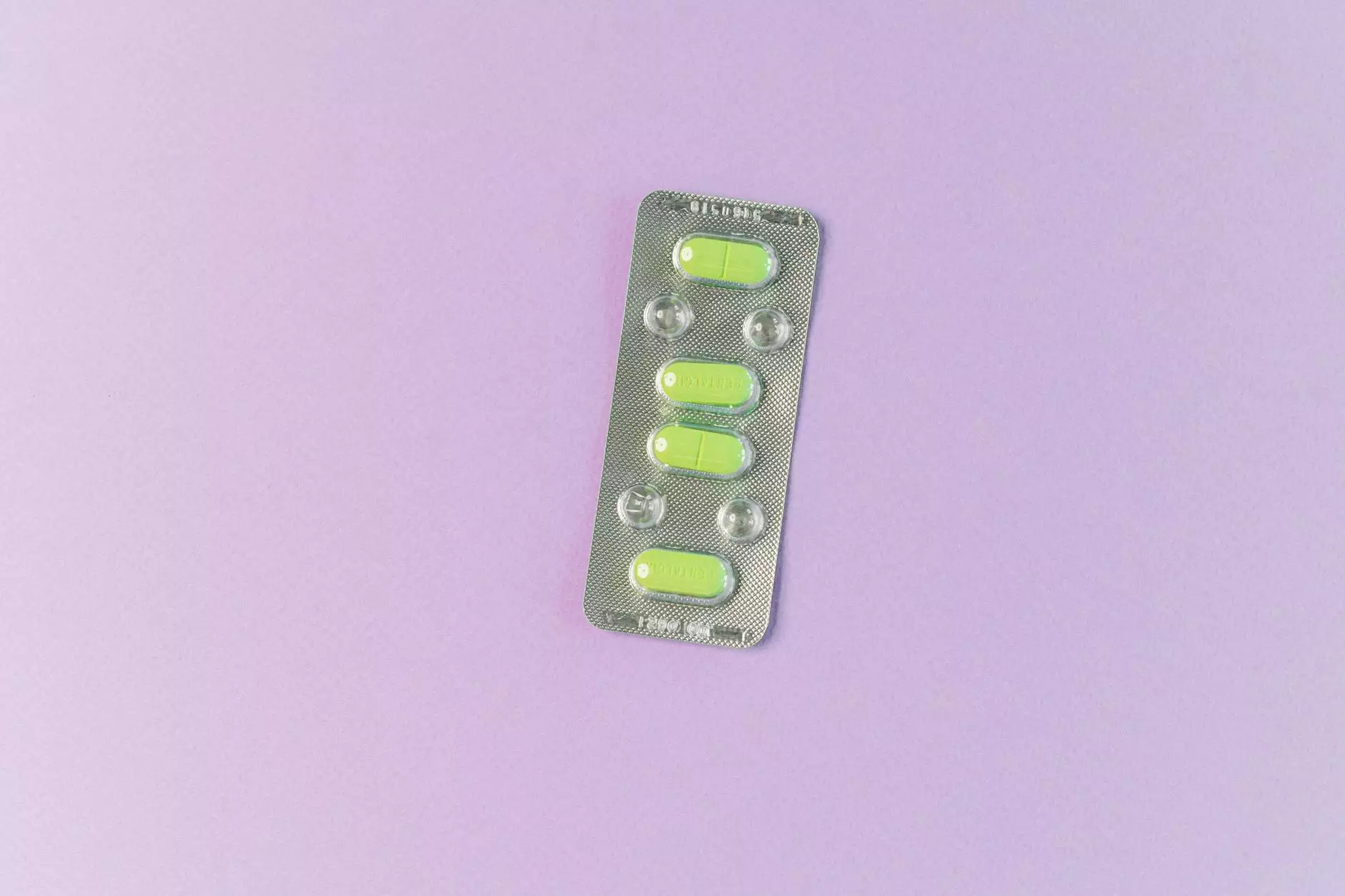Understanding 90 Degrees Shoulder Abduction: Importance for Health and Fitness

The shoulder is one of the most versatile joints in the body, offering a remarkable range of motion that is crucial for daily activities and sports performance. One particular movement that stands out in the realm of physical therapy, fitness training, and rehabilitation is 90 degrees shoulder abduction. This article will provide an extensive overview of this movement, its significance, and practical approaches to enhance shoulder abduction while promoting overall health.
What is Shoulder Abduction?
Shoulder abduction refers to the movement of the arm away from the body in the frontal plane. When we specifically mention 90 degrees shoulder abduction, we are focusing on the arm being raised perpendicular to the torso. This action is primarily facilitated by the deltoid muscle along with the rotator cuff muscles, which play essential roles in stabilizing the shoulder joint.
Muscles Involved in Shoulder Abduction
Understanding which muscles contribute to shoulder abduction is vital for anyone looking to improve their shoulder mobility. Here are the key players:
- Deltoid Muscle: The primary muscle responsible for shoulder abduction, particularly the middle fibers.
- Supraspinatus: A part of the rotator cuff that initiates the abduction process during the first 15 degrees of the movement.
- Upper Trapezius: Assists in stabilizing the shoulder girdle.
- Serratus Anterior: Plays a role in the upward rotation of the scapula, allowing for greater mobility of the shoulder.
- Infraspinatus and Teres Minor: Also contribute by stabilizing the shoulder joint during abduction.
The Importance of 90 Degrees Shoulder Abduction
90 degrees shoulder abduction is a key position in many physical activities, sports, and rehabilitation exercises. Here are a few reasons why this movement is critical:
1. Enhancing Shoulder Mobility
Achieving optimal shoulder mobility is crucial not only for athletes but for everyday individuals. Limited abduction can restrict range of motion, affecting a person’s ability to perform basic tasks like reaching for items or lifting objects. By focusing on 90 degrees shoulder abduction, individuals can gradually stretch and strengthen their shoulder muscles, leading to improved overall mobility.
2. Injury Prevention
Properly training shoulder abduction can help prevent injuries. Many shoulder injuries occur from improper lifting techniques and excessive strain on the shoulder joint. Incorporating exercises that focus on 90 degrees shoulder abduction into a workout routine can help strengthen the shoulder, ensuring that all the supporting muscles are in good condition and capable of handling various stresses.
3. Rehabilitation and Recovery
For those recovering from shoulder injuries, regaining strength and range of motion is critical. Physical therapists often utilize the 90 degrees shoulder abduction movement in rehabilitation programs. Targeted exercises can help restore function and alleviate pain, making it easier for individuals to return to their regular activities.
Techniques to Improve 90 Degrees Shoulder Abduction
Improving your shoulder abduction requires a combination of stretching, strengthening, and practicing the movement itself. Here are several exercises and techniques that can enhance your performance in 90 degrees shoulder abduction.
1. Assisted Shoulder Abduction Stretch
Begin with a gentle stretching exercise to increase flexibility in the shoulder joints:
- Stand or sit comfortably.
- Raise your arm to shoulder height.
- Use your opposite hand to gently push your arm outward, maintaining a 90-degree angle.
- Hold the position for 15-30 seconds and repeat 3 times on each side.
2. Resistance Band Shoulder Abduction
Resistance bands are a fantastic tool for strengthening the shoulder muscles:
- Attach a resistance band to a stable structure at waist height.
- Stand with your side to the band and grip it with the hand closest to it.
- Keeping your arm straight, slowly raise it to shoulder height (90 degrees) while maintaining tension on the band.
- Lower your arm with control and repeat for 10-15 repetitions.
3. Lateral Raises
Adding weights can further strengthen the deltoids and support the 90 degrees shoulder abduction movement:
- Stand with a dumbbell in each hand at your sides.
- With a slight bend in your elbows, raise your arms to the side until they reach shoulder height.
- Lower back to the starting position and repeat for 10-15 repetitions.
Common Mistakes to Avoid
When performing exercises related to 90 degrees shoulder abduction, it is crucial to avoid common pitfalls that could lead to injury or ineffective workouts:
1. Poor Posture
Maintaining a neutral spine and engaged core is important. Poor posture can lead to unnecessary strain on the shoulders.
2. Lifting Too Heavy
Start with light weights or resistance bands to perfect your form before progressing to heavier loads. Avoid lifting weights that compromise your technique.
3. Incomplete Range of Motion
Ensure that you are consistently aiming for the 90-degree angle with your arm to get the full benefits of the exercise. Cutting the movement short limits effectiveness.
Incorporating Shoulder Abduction into Daily Routine
To maximize the benefits of 90 degrees shoulder abduction, consider the following tips to incorporate shoulder exercises into your daily routine:
- Set Reminders: Schedule time for shoulder exercises, ideally 2-3 times a week.
- Warm-Up: Always perform a warm-up to prevent injury; consider dynamic stretches before starting your workout.
- Stay Consistent: Regular practice is key to seeing improvement in strength and mobility.
Conclusion
In conclusion, 90 degrees shoulder abduction is a fundamental movement that plays a vital role in maintaining shoulder health, enhancing mobility, and preventing injuries. By understanding the importance of this movement and the steps to improve it, you can contribute positively to your overall fitness and well-being. Incorporate the techniques and exercises outlined in this article to achieve optimal shoulder function and strength, leading to improved performance in sports and daily activities.
References
For further information on shoulder health, physical therapy, and injury prevention, consider visiting IAOM-US, which specializes in integrating education and physical rehabilitation techniques within the chiropractic field.









